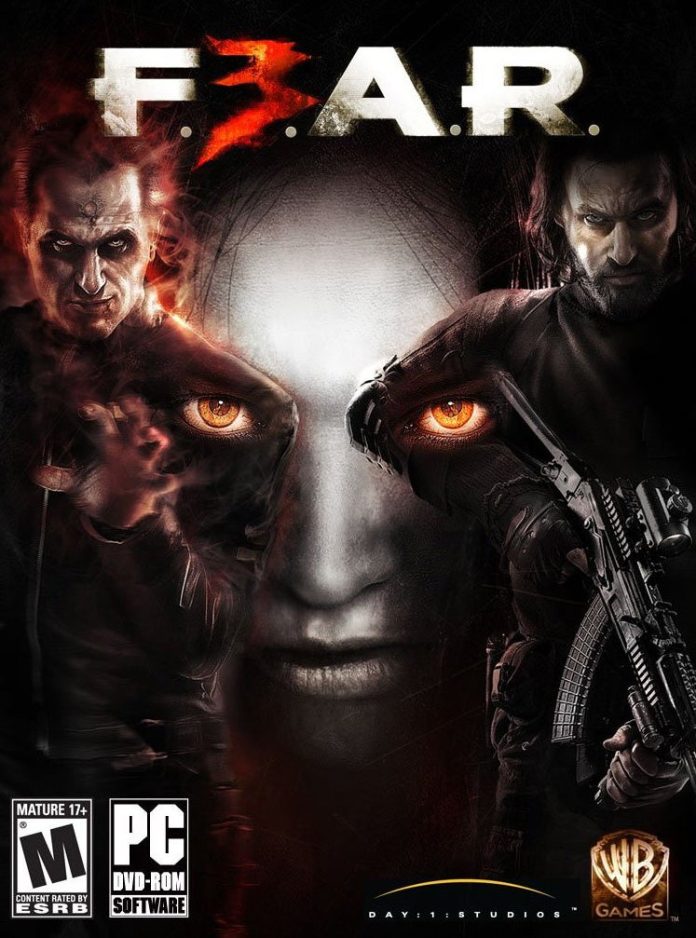The F.E.A.R. series has long been a staple in the horror gaming genre, and as I delved into F.E.A.R. 3, I was eager to see how the franchise had evolved. Released in 2011, this installment promised to build on the chilling atmosphere and intense gameplay of its predecessors. In this review, I will provide an honest assessment of my experience with F.E.A.R. 3, covering its gameplay mechanics, story, graphics, and overall enjoyment.
Overview of the F.E.A.R. Series
Before diving into F.E.A.R. 3, it’s essential to understand the context of the series. The original F.E.A.R. game was released in 2005, introducing us to the terrifying world of Alma Wade, a ghostly figure that haunts players throughout the series. The combination of first-person shooter (FPS) mechanics, horror elements, and a gripping narrative has made F.E.A.R. a beloved franchise among fans of the genre.
What’s New in F.E.A.R. 3?
As I booted up F.E.A.R. 3, one of the first things I noticed was the change in developers. While the earlier titles were developed by Monolith Productions, F.E.A.R. 3 was created by Day 1 Studios. This shift brought about some changes in gameplay and presentation, which I was keen to explore.
Gameplay Mechanics
In F.E.A.R. 3, the gameplay retains the core mechanics that fans love, but with some enhancements. The shooting mechanics are fluid, and the game introduces a new multiplayer mode that allows players to team up or face off against each other. I found the ability to play as either Point Man, the protagonist from the first game, or his brother, Paxton Fettel, intriguing. Each character has unique abilities that change how the game can be approached.
Co-op and Multiplayer Experience
The co-op experience in F.E.A.R. 3 is a standout feature. Playing as Point Man, I was able to utilize traditional FPS mechanics, while switching to Fettel allowed me to possess enemies and manipulate the battlefield in unique ways. This duality introduced a fresh dynamic to the gameplay, making it a thrilling experience.
The addition of competitive multiplayer modes, such as “Soul Survivor,” where players can switch between being a ghost and a human, added even more replayability. However, I found that the matchmaking could be inconsistent at times, which detracted slightly from the overall experience.
Storyline and Atmosphere
The narrative in F.E.A.R. 3 picks up where F.E.A.R. 2: Project Origin left off. I found the storyline to be engaging, with a mix of horror and action elements that kept me on my toes. The game explores the backstory of Alma Wade further, delving into her tragic past and the consequences of her powers.
One of the highlights of the story was the relationship between Point Man and Fettel. Their complex bond and differing motivations added depth to the narrative. The story ultimately leads to an intense climax, tying together many threads from the previous games.
Graphics and Sound Design
Visually, F.E.A.R. 3 presents a mixed bag. While the environment designs are atmospheric and eerie, I felt that the graphics did not quite match the standards set by contemporary titles released around the same time. Some character models appeared dated, but the overall ambiance of the game effectively conveyed a sense of dread.
The sound design, however, was exceptional. The haunting music and unsettling sound effects significantly contributed to the horror experience. I often found myself jumping at the slightest sound, which is a testament to the game’s ability to create tension.
The Horror Element
One of the primary reasons I was drawn to F.E.A.R. 3 was its horror aspect. The game does an admirable job of balancing jump scares with psychological horror. Various sequences left me feeling uneasy, especially when exploring the dark, claustrophobic environments.
The presence of Alma is felt throughout the game, and her terrifying appearances never failed to instill fear. I appreciated how the developers incorporated her into the gameplay, making her an ever-present threat.
Enemy Design
The enemy design in F.E.A.R. 3 is another strong point. The game features a variety of foes, each with unique behaviors and attack patterns. The AI is competent, often making encounters feel intense and unpredictable. I found myself strategizing differently depending on the enemies I faced, which kept the gameplay fresh.
Challenges and Frustrations
While I enjoyed my time with F.E.A.R. 3, there were certainly challenges and frustrations along the way. At times, I encountered glitches that interrupted the flow of gameplay. Additionally, some of the level designs felt repetitive, which detracted from the overall immersion.
Another point worth mentioning is the pacing of the game. There were moments when the action slowed down significantly, making the experience feel drawn out. While the story had its compelling moments, I found myself longing for a bit more consistency in pacing.
Conclusion: Is F.E.A.R. 3 Worth Playing?
In conclusion, F.E.A.R. 3 is a solid addition to the franchise that offers a mix of horror, action, and cooperative gameplay. While it may not reach the heights of its predecessors, it still provides an engaging experience for fans of the genre.
The gameplay mechanics, coupled with the intriguing storyline and haunting atmosphere, make it worth a try, especially for those who appreciate psychological horror. However, players should be aware of some inconsistencies in graphics and pacing.
If you’re a fan of horror games, or if you enjoyed the previous titles in the F.E.A.R. series, I recommend giving F.E.A.R. 3 a shot. It may not be perfect, but it offers a chilling experience that can entertain even the most seasoned horror gamers.
For more gaming reviews and insights, be sure to check out our other articles on gaming culture and horror games.
<iframe width="560" height="315" src="https://www.youtube.com/embed/1KpKc-i43p8?si=49BE8IzSemXcWHCc" title="YouTube video player" frameborder="0" allow="accelerometer; autoplay; clipboard-write; encrypted-media; gyroscope; picture-in-picture; web-share" referrerpolicy="strict-origin-when-cross-origin" allowfullscreen></iframe>




.jpg?w=100&resize=100,70&ssl=1)
